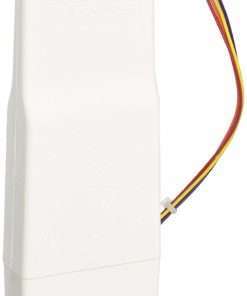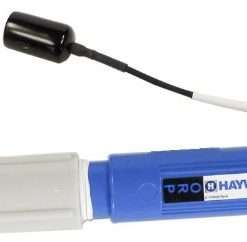Can a salt cell be repaired?
Salt cells are an integral part of the water treatment process, but like any other mechanical device, they can eventually need to be repaired or replaced. If you’re thinking about repairing a salt cell yourself, there are a few things you need to know first.
First and foremost, salt cells are made up of many small parts that need to be taken care of in order to keep them in working order. Any damage or wear on these parts can cause them to malfunction and need to be replaced. In addition, salt cells typically use a lot of oil and grease which can become corrosive over time. If you don’t take care of the cell properly, it may eventually require replacement altogether.
Because salt cells are so important, it’s important to consult with a professional if you plan on repairing one yourself. They have the knowledge and experience necessary to ensure that the repair is done correctly and doesn’t cause any further damage.
Can you fix a chlorinator?
Chlorinators are important pieces of equipment in any water treatment system, and when they break or malfunction, they can create a serious water quality issue. If you’re able to fix a chlorinator, it’s important to do so as quickly as possible to prevent additional damage and ensure proper water treatment. Here are some tips for fixing a chlorinator:
1) Check the chlorine level. Chlorine levels should be between 2-6 ppm, depending on the type of chlorinator. If the chlorine level is below 2 ppm, add more bleach until the desired level is reached. If the chlorine level is above 6 ppm, replace the entire chlorinator unit.
2) Check for leaks. Leaks can cause low chlorine levels and other water problems. Check all hoses, valves, and fittings for signs of leakage. Repair or replace any damaged parts as necessary.
3) Test the filter. The filter may be clogged with debris or germs that are causing low chlorine levels. Clean the filter using a vacuum cleaner and soap and water. Replace if necessary.
4) Repair or replace broken components. If one or more components are broken, repair them as needed before replacing the entire chlorinator unit.
Can too much salt damage a chlorinator?
When it comes to chlorination, too much salt can be as harmful as not enough. Too much salt is actually corrosive to the unit and can cause it to fail prematurely. Chlorinators are designed to handle a certain amount of salt, so if you notice your system struggling or exhibiting other signs of trouble, it may be time to check the level of salt in your chlorinator. If necessary, you can replace the chlorinator with one that is specifically designed for low-salt environments.
How do you troubleshoot a chlorinator?
There are a few ways to troubleshoot a chlorinator. If the unit isn’t producing water or is producing dirty water, you can check for gas leaks, cracked hoses, and clogged filters. If the unit is producing clean water but smells bad, there may be an issue with the disinfection system. Finally, if the unit is not producing any water at all, it may be broken. In each of these cases, it will be important to consult with a licensed technician in order to properly identify and fix the issue.

















